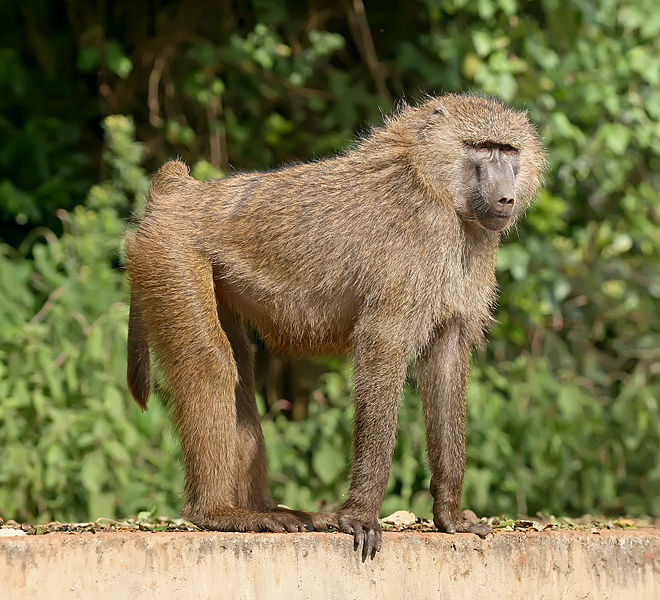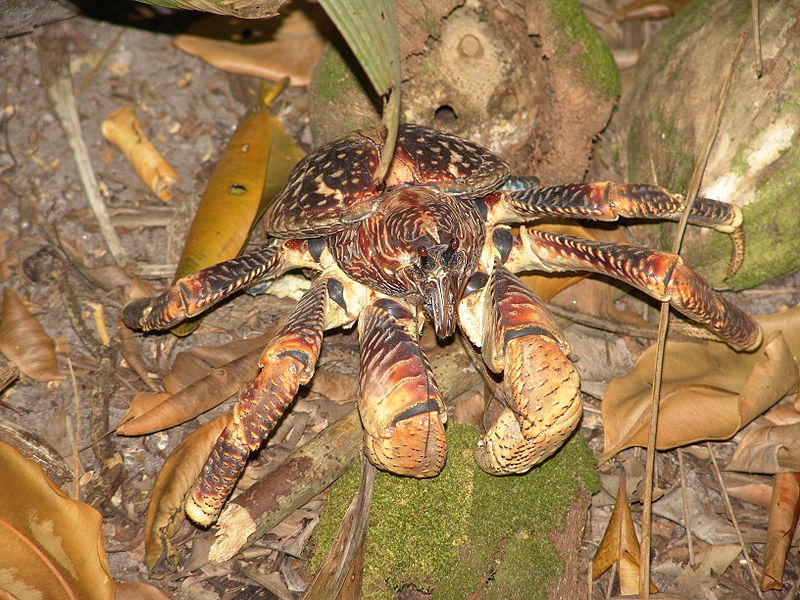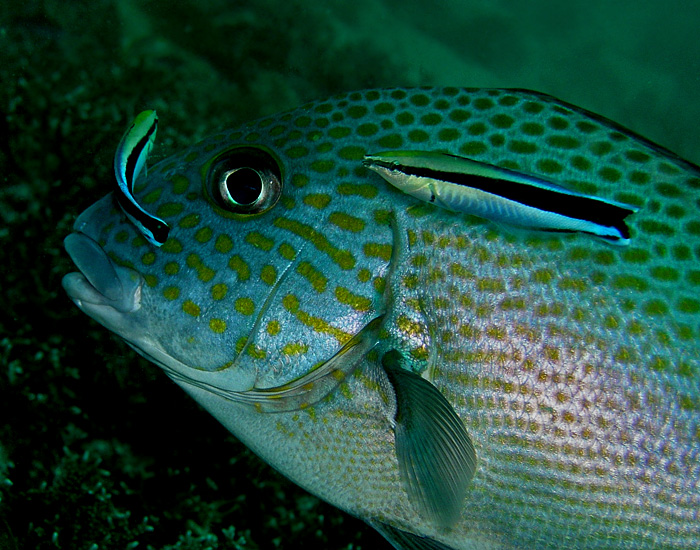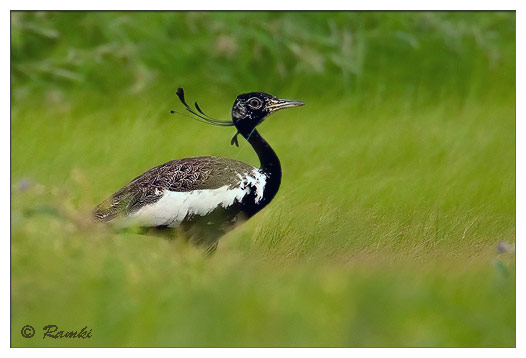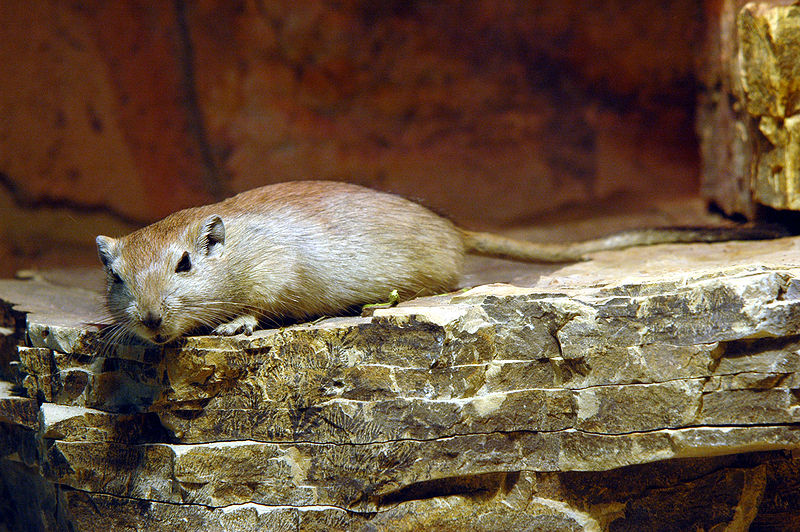
Welcome to the first Wild Fact of 2012. I trust all of you had a great New Year’s celebration and are ready for an exciting and prosperous 2012. With New Year’s comes the infamous “New Year’s Resolutions”. I have yet to make one, however, I think today’s animal, the Fat Sand Rat, should probably take some time to craft one or two resolutions for themselves. Yes, there is a member of the Gerbil family that is commonly known as the Fat Sand Rat. In fact, their scientific name, Psammomys obesus, isn’t much better. Let’s find out why this little rodent received such a hurtful name.
The Fat Lab Rat
As you might expect the Fat Sand Rat happens to be quite bulky and as such they have been referred to as “sloths of the rodent world”, which isn’t very accurate. Granted, the male Fat Sand Rats are bulky and as such, don’t exercise too much, however, the females tend to be quite lean, fast and agile. Perhaps, the females can help their counterparts keep their resolution this year. Interestingly enough, the Fat Sand Rat has been observed to suffer from diabetes when they feed on normal rodent food. As such, these rodents have become very important in the laboratory as humans continue to study the impacts of diabetes. I guess being a fat rodent does have its benefits…..for humans.

Housekeeping Sand Rat
The Fat Sand Rat is known to be active throughout the day and night, which lands them back in the laboratory to study seasonal affective disorder, but we will save that story for another time. Although these rodents get pegged for being lazy, they tend to have complex burrow system. Their underground homes usually consist of chambers for food storage, nesting as well as mating. Every morning, before they go foraging, the Fat Sand Rat has been spotted at the entrance of their burrow sweeping out the dirt and excrement. A little house cleaning to start the day is probably a good habit to get into. Perhaps, I jumped to conclusions when I mentioned that this rodent needs to make a resolution. They seem to be pretty organized and could probably teach us a few things, in the laboratory as well as out of it.
That does it for the first Wild Fact of 2012. Enjoy the rest of your day and I will see you tomorrow for another animal.


